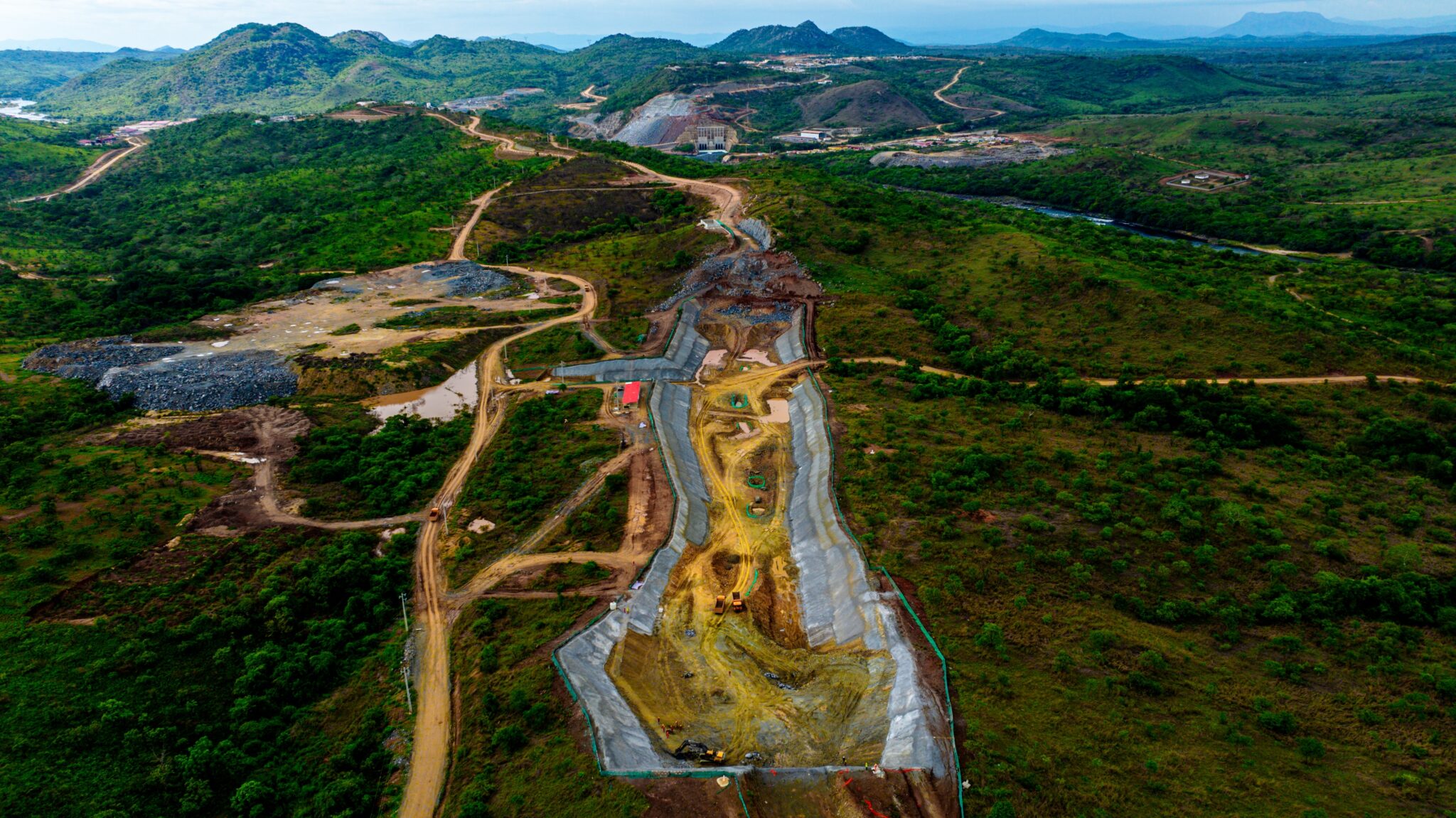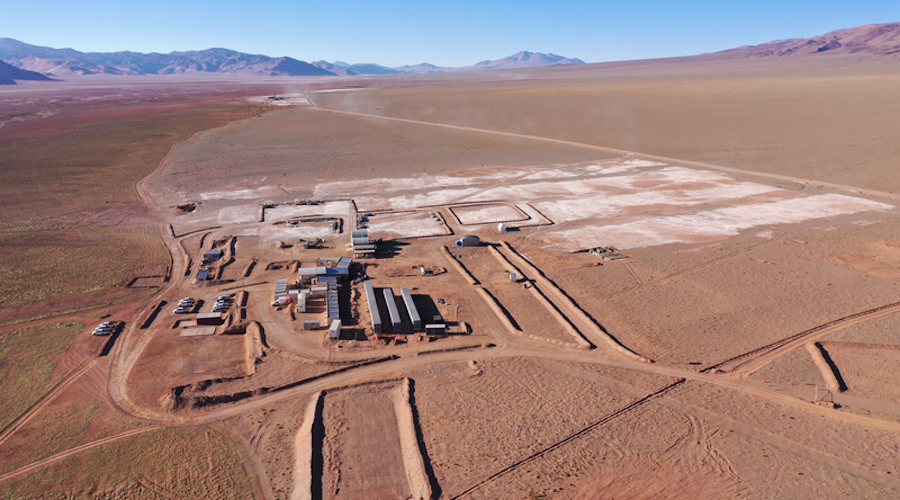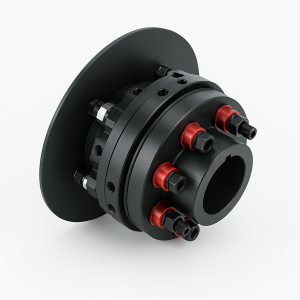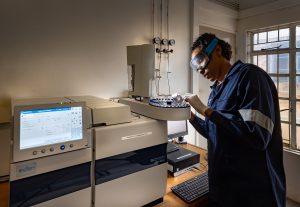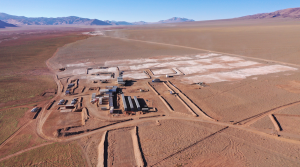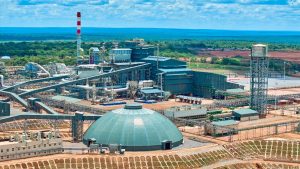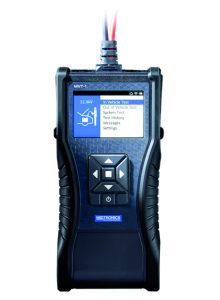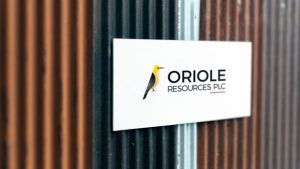South African Sibanye-Stillwater to buy nickel, copper mines in Brazil for $1 billion
South African platinum group metal miner Sibanye-Stillwater said Oct. 26 it would acquire the Santa Rita nickel mine and the Serrote copper mine in Brazil in deal worth $1 billion.
Register Now Sibanye-Stillwater – one of the world’s largest platinum group metal producers – said it had signed definitive purchase and sale agreements with affiliates of funds advised by Appian Capital Advisory to purchase both mines for a cash consideration of $1.0 billion and a 5% net smelter return royalty over potential future underground production at Santa Rita.
According to Sibanye, the Santa Rita open pit nickel mine, among top 10 global producing nickel sulphide mines, has an average annual production of 16,000 mt of nickel equivalent, with a seven year open pit operating life with access to underground resources, extending the mine life by a further 27 years.
The company said the Serrote copper mine, an advanced open pit copper mine, developed at a cost of $195 million, has an average annual production of 20,000 mt of copper equivalent, with a current reserve life of 13 years and significant resource and optimization potential.
Sibanye said the Serrote mine was currently in a ramp up phase of around 18 months and is on track to achieve commercial production in the fourth quarter of 2021, having completed construction in May 2021.
“The transaction is a significant additional step in Sibanye-Stillwater’s ongoing strategy to position the business for continued value creation during our transition into a climate change resilient business, and follows and complements the Keliber, Sandouville and Rhyolite Ridge transactions announced earlier this year,” Sibanye CEO Neal Froneman said in a statement.
“The transaction represents a unique opportunity for Sibanye-Stillwater to acquire significantly pre-developed and pre-capitalised, low-cost, producing nickel and copper assets with strong ESG credentials, which will continue to be managed by a high-quality team with a wealth of operating experience in Brazil,” the CEO said.
Green portfolio
South Africa, with some of the world’s largest PGM reserves, such as platinum, iridium and ruthenium, are set to play a crucial part in today’s rapid uptake of clean energy technologies due to their use in fuel cells in hydrogen-powered vehicles.
However, with Sibanye having announced on Oct. 26 its fourth transactions in the battery metals sector, the company is not only diversifying production but also expanding its green metals portfolio.
“This is a sizeable deal that will give Sibanye material exposure to nickel and copper markets – which straddle both traditional industrial demand and the battery materials market,” Nedbank analyst Arnold Van Graan said in a research note Oct. 26.
“This could have a big impact on the investment case, in our view. The company’s track record of delivering value by picking the right commodities at the right time should count in its favour,” Van Graan said.
In March, Froneman told an industry event that consolidation appeared to be necessary within the platinum industry going forward, highlighting the potential merger and acquisition opportunities in the sector.
“We are very happy with our current position in PGMs and in terms of looking for further external growth, we are looking at battery metals,” the CEO said, adding that lithium was viewed as one of the core metals to benefit from the significant growth forecast for the electric-vehicle sector.
In February, Sibanye entered the battery metal space by partnering with and investing Eur40 million ($48.6 million) in Finland’s lithium developer Keliber Oy.
In July, the company entered into an agreement to acquire 100% of French mining group Eramet’s Sandouville nickel hydrometallurgical processing facility in France for Eur65 million ($77.36 million).
Last month, Sibanye invested $490 million for a 50% stake in ioneer’s flagship Rhyolite Ridge lithium-boron project in Nevada, US.
Share this content:



